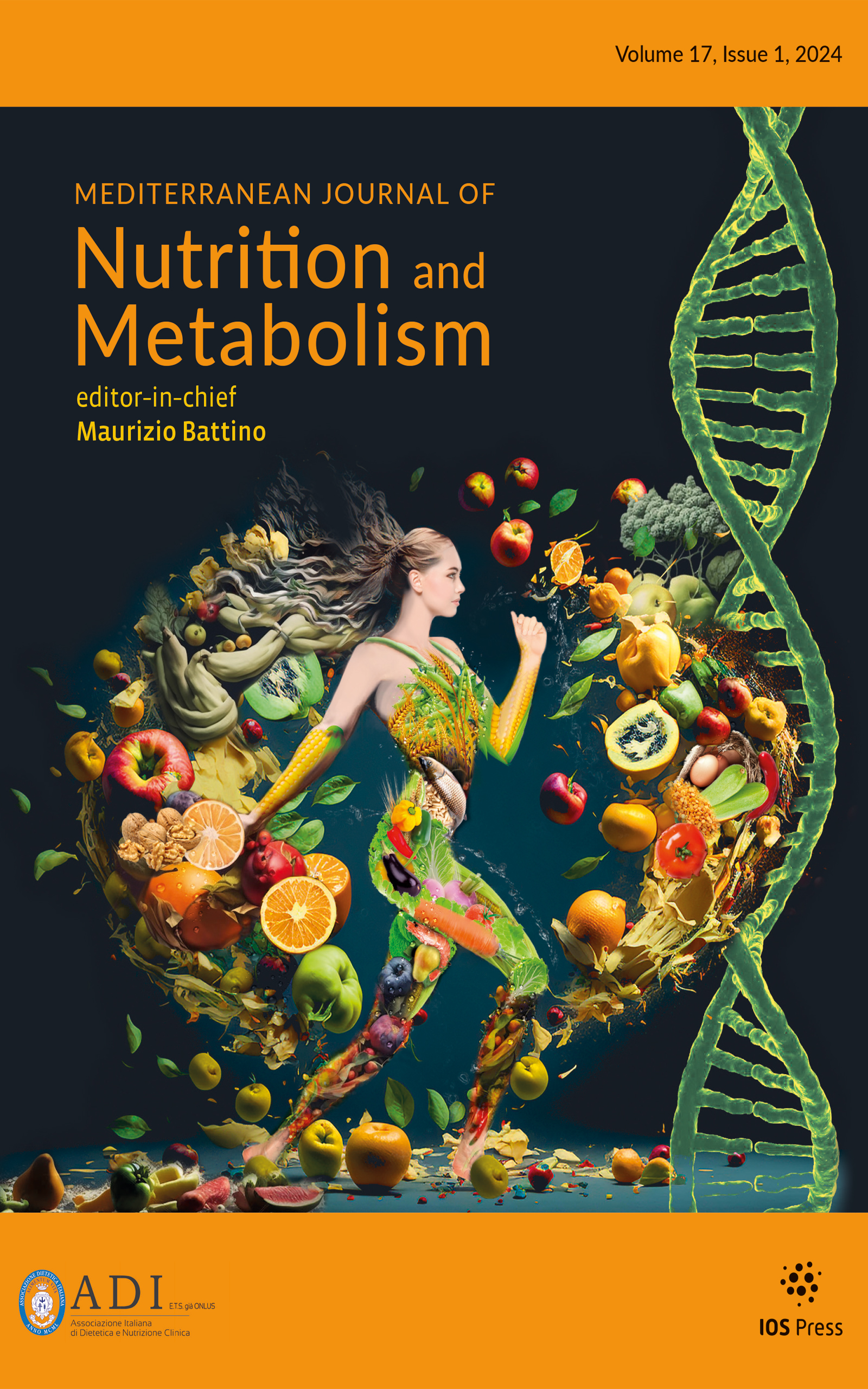Authors: Mirhosseini, Naghmeh Zahra | Shahar, Suzana | Ghayour-Mobarhan, Majid | Kamaruddin, Noor Azmi | Banihashem, Abdullah | Yusoff, Noor Aini Mohd | Esmaili, Habib Alah | Tavallaei, Shima
Article Type:
Research Article
Abstract:
Malnutrition affects the growth, efficacy of treatments and quality of life in children suffering from thalassemia. This study was conducted to assess the nutritional status of thalassemic patients and to determine the factors involved. Data were obtained from 140 thalassemic patients aged 8–18 years in Mashhad, Iran, on anthropometry, food record and biochemical profile. The prevalence of malnutrition was 44.3 % for boys and 19.6 % for girls, as determined by low body mass index. Furthermore, 44.3 % of boys and 37.7 % of girls were found to be of short stature. Sum of triceps and subscapular skinfold thickness and
…arm muscle area (AMA) calculation showed the incidence of 7.4 % leanness and 60.7 % wasting among thalassemic children and adolescents. The average of energy intake met 74 % of recommended dietary allowance, although more than 71 % under-reporting was calculated for food records. The intake of energy, macronutrients, zinc, iron and vitamin E was positively correlated (P < 0.05) with anthropometric measures. Age, age at first transfusion, age of starting chelation and serum alkaline phosphatase were considered as positive predictors for nutritional status, whereas puberty, gender and fasting blood sugar as negative predictors. Nutritional status of thalassemic children and adolescents should be monitored, focusing on their nutrition education and supplementation, treatment protocol and control on blood sugar. These may play important roles in enhancing the quality of life in thalassemic children and adolescents.
Show more
Keywords: Malnutrition, Short stature, Diet, Children, Thalassemia
DOI: 10.3233/s12349-012-0112-0
Citation: Mediterranean Journal of Nutrition and Metabolism,
vol. 6, no. 1, pp. 45-51, 2013
Price: EUR 27.50





